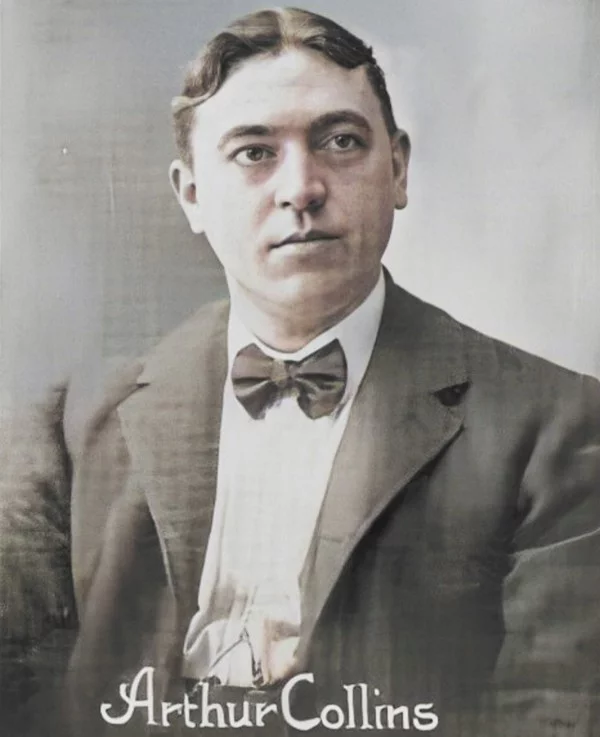Introduction to 'The Preacher and the Bear'
"The Preacher and the Bear" by Arthur Collins is a quintessential example of early 20th-century American music. Released in the 1900s, this track showcases the vaudeville ballad style that was popular during the era of ragtime pioneers. Known for its narrative humor and lively delivery, the song remains a fascinating piece of musical history.
Cultural Context of the 1900s
During the early 1900s, music was primarily distributed through cylinder and disc formats, as radio had not yet become a household staple. This era saw the rise of acoustic recordings and vaudeville performances, where songs like "The Preacher and the Bear" were performed in theaters and salons across the United States. Arthur Collins, a prominent figure in this scene, was known for his powerful voice and comedic storytelling.
Production & Sound
The track features a lively tempo and a humorous narrative, typical of the vaudeville ballad genre. Collins’ performance is characterized by clear enunciation and expressive dynamics, which were crucial for engaging live audiences and early recording technology. The acoustic nature of the recording highlights the raw vocal talent and storytelling that defined this period.
Notable Covers and Legacy
"The Preacher and the Bear" has been covered by various artists over the decades, each bringing their own interpretation to the classic. One notable version is by Phil Harris, who infused the song with a big band flair in the mid-20th century. This adaptation helped introduce the song to new audiences and demonstrated its versatility across different musical styles.
Modern Relevance
Today, "The Preacher and the Bear" is appreciated not only as a piece of entertainment but also as a cultural artifact that offers insight into the music and humor of the early 1900s. Its enduring appeal lies in its ability to capture a moment in time, reflecting the social and musical landscape of its era.





Comments (0)